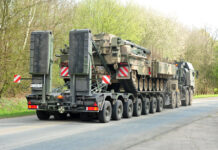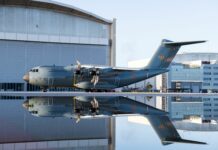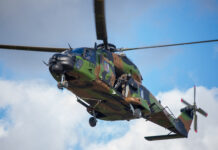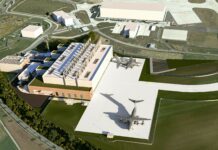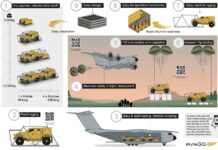Conducting operations with small groups of fighters, and combining a solid skillset with a powerful impact, French Special Forces (SF) units are looking for equipment to give them a decisive advantage.
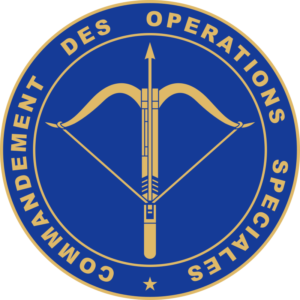
Credit: COS
The French Special Forces, whose role has increased in the fight against terrorism, are adapting to current and future high-intensity combat situations. They comprise 4,500 men and women from the three branches of the armed forces, coming under the authority of the Commandement des Opérations Spéciales (COS; ENG: Special Operations Command).
Equipment Processes for French Special Forces
The fundamental needs for all SF units include operational preparation, intelligence collection, penetration and attack, protection, mobility, and communication. Today, SF units find themselves at the forefront of technological advances. As a reminder, the French SF units are trained by each branch and placed under the COS command for operational tasks. Until recently, each branch supplied equipment to its own units. If the Air Force SF used the special patrol vehicles (VPS), based on the Land Rover, the other branches used the Mercedes G-class modified by Panhard (now Arquus). While French SF units require specific equipment, they remain subject to public actors’ procedures and regulations.
Nevertheless, the French Commandement des Forces Spéciales Terre (COM FST; ENG: Army Special Forces Command) Command has a certain degree of autonomy in the acquisition of equipment. In addition, the units have direct purchasing capabilities. Finally, there is the Commission Interarmées d’Études Pratiques Concernant les Opérations Spéciales (CIEPCOS; ENG: Joint Commission for Practical Studies on Special Operations).
This is a research and development body that works on many innovative projects and selects and finances around 60 ventures annually that are proposed by mixed military-industrial teams. At the Army level, the COM FST participates in the acquisition process, whether conducted by the Special Operations Command or the État-Major de l’Armée de Terre (EMAT; ENG: Army Staff).
Internal Innovation
General Delort-Laval, former French SF Commander, wrote: “if the French SF soldiers use high-tech equipment, they operate in theatres where technological superiority does not completely ensure operational superiority, in particular, because they always impose an action with physical proximity”. Tinkering to enhance equipment efficiency is part of the daily life of SF operators. In 2017, an SF sniper proposed improving Safran’s JIM Compact infrared binoculars by equipping them with a computer that corrects the aim according to the target’s movement. As another innovation, we can mention the repositionable textile tourniquet with a simplified release, which can eventually be integrated into the uniform and easily activated. Three Navy commandos have developed a multifunction box, allowing biometric and digital data collection on the ground, and combat divers from the 1st RPIMa have developed a waterproof GPS. This is a waterproofed terrestrial GPS with the antenna deployed on the surface.
The French Navy created the Innovation Laboratory for Marines and Commandos (FUSCOLAB) in 2019, which aims to connect the commandos to Navy stakeholders and the Defence Innovation Agency (AID). It is a project incubator open to the outside world, a privileged interlocutor for companies, particularly local ones. One recent project aims to develop a miniaturised inertial unit to navigate in areas of GPS denial access with Safran.
Directorate General of Armaments Technical Support
The Direction Générale de l’Armement (DGA; ENG: Directorate General of Armaments) is the defence procurement and technology agency responsible for project management, development and purchase of weapon systems. The DGA has a vital role because it manages the SF-specific major effects programmes (PEM), such as vehicles or the modernisation of the C-130. Regarding specific SF requirements, the DGA placed one of its personnel inside the COS HQ in order to understand the requirements better. It is important to note that the specification and certification-qualification phases are sometimes as long as, or longer than the sole contracting phase. The qualification of sophisticated equipment is sometimes an extraordinarily complex process, as illustrated in the case of the new parachute (SMTCOPS) – 750 were ordered by the DGA from Zodiac Aerosafety Systems, with the order taking six years to complete.
The Ministry also uses the NATO Support and Procurement Agency (NSPA), which allows off-the-shelf equipment purchases. This has enabled the acquisition of the Rover system for aircraft guidance or the multi-purpose arm for the C-130. The DGA, as well as the Thales and Safran, and companies of the Cercle de l’Arbalète, have established the Centurion platform. This consists of capturing innovation in positioning and navigation, observation, armament, functionalised textiles, and innovative interfaces.

Credit: French Air and Space Force
The SOFINS Seminar
The Special Operations Innovation Network Seminar (SOFINS) is an unmissable event; presentations of innovative materials and equipment are made, together with operational demonstrations. Created by the Special Operations Command, and later entrusted to the Cercle de l’Arbalète, which brings together all the companies that potentially equip SF units. Each year, the members of this association are welcomed by one of the units of the French Special Forces (naval, air, or land forces).
French Special Forces Equipment
Tactical transport air capabilities
The French Air and Space Force (AAE) staff decided to withdraw the Transall C-160s from service in May 2022, including, the three aircraft belonging to ET 3/61 Poitou Squadron. These aircraft were modernised in 2019, integrating a C3ISTAR capability (Command, Control, Communication Intelligence, Surveillance, Target Acquisition and Reconnaissance) and Liaison 16. This squadron also operates two DH-6 Twin Otters and two C-130 Hercules, which recovered the C3ISTAR capability from the Transall. These have recently undergone additional ICAO renovation to meet general air traffic requirements. Some aircraft received a SABIR articulated arm, allowing the external carriage of an optronic sensor for targeting and surveillance missions.
Developing the capability for SF to use the A400M is an ongoing process. Three crews from the 3/61 Poitou Squadron will be trained on the aircraft, and tests began in January at the Bordeaux air base with personnel and equipment drops. The French Special Forces do not have heavy transport helicopters such as the CH-47 Chinook, despite repeated requests from COS. In 2014, a Senate report went in this direction, suggesting the purchase of used CH-47 Chinooks or CH-53s. In addition to their current aircraft, the French SOF will have ten NH90 helicopters in the ‘Special Forces standard’ subvariant of the Tactical Transport Helicopter (TTH) variant, offering good penetration and interoperability capabilities. The DGA launched the development in September 2020.
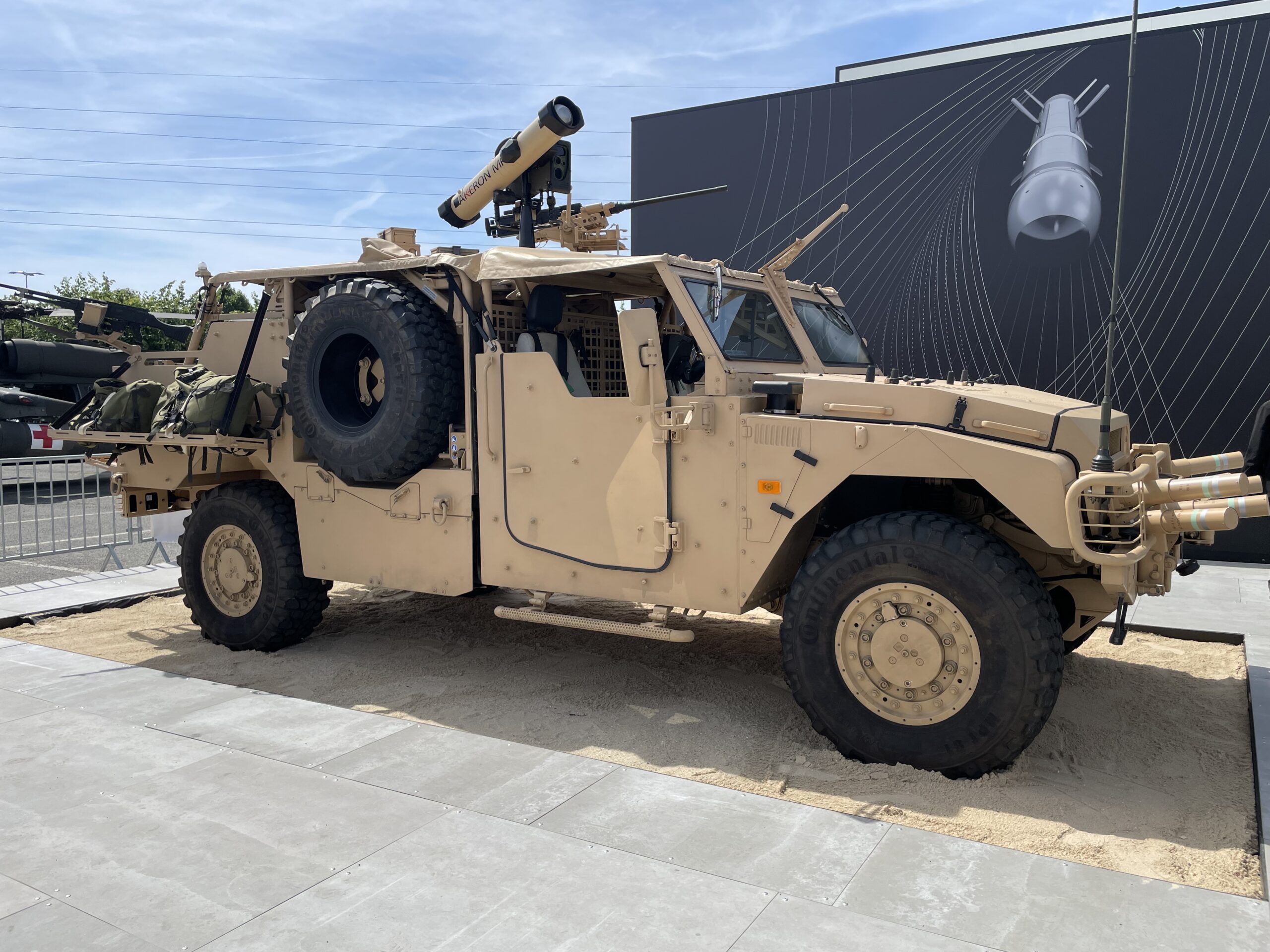
Credit: Jean Francois Auran
Nautical assets
In terms of the marine environment, Navy commandos expect a lot from the new nuclear attack submarines (SSNs) of the Suffren class, in service since June 2022. With this in mind, Naval Group developed a dry deck shelter (DDS). The DDS is an ultra-resistant steel deck hangar capable of withstanding the pressure at the immersion depths at which the Suffren vessels operate. the DDS is about 11 m long, 3 m wide and weighs around 40 tonnes. ECA Group won the Navy contract to produce the PSM3G third-generation swimmer delivery vehicle developed in collaboration with the elite Commando Hubert group. Navy commandos use the commando rapid transport craft (ETRACO), which entered service in the 1990s. The ETRACO is a 7.3-m Zodiac-Hurricane semi-rigid boat equipped with two 200 hp outboard motors, capable of carrying around ten men and reaching 92 km/h (50 knots). Ten are still in service today.
The fleet also includes 15 new-generation boardable multi-purpose commando craft (ECUME NG), a 9.3-m boat based on the ZH-930, with inboard diesel propulsion of 2x 300 hp, allowing it to exceed 92 km/h (50 knots) and the possibility of embarking up to 12 commandos. The M134D Dillon Aero Gatling gun can be installed on the ECUME NG, as can the medium-range Akeron MP anti-tank guided missile (ATGM). It even appeared that the ECUME/ETRACO tandem was complementary and made it possible to cover all types of missions. In May 2022, the Ministry of the Armed Forces launched a call for tenders. The target is for 17 boats and four airdrop systems of a new “ETRACO NG” version; the first deliveries are possible from 2024. In this vein, Turgis & Gaillard developed the SSA-2001 Kraken, a hybrid craft for infiltration by SF units, and start-up SEAir launched the first semi-rigid vessel with retractable hydrofoils. The latter was carried out within the framework of the e-Flyco project, by the Agency of Defence Innovation and Fuscolab.
Special Forces Vehicles (VFS)
The French Special Forces have long been equipped with ageing vehicles. Launched in 2016 as a major effect programme (PEM), the VFS programme aims to provide 202 SF trucks (PLFS) and 206 light SF vehicles (VLFS). French company Arquus won the contract but initially failed to meet the requirements. The DGA rejected the first 25 vehicles due to unsatisfactory performance. To fill the gap, the Ministry has chosen to buy the Special Operations Vehicle – Patrol (VOS-PAT) developed by vehicle modification company Technamm. The VOS-PAT is a four-wheel drive vehicle offering excellent mobility, and is based on the Toyota Series 70. It has eight STANAG-3548 compliant air transport attachment points and a tubular structure with added baskets and boxes. It is also possible to install a 12.7 mm M530D Dillon Aero Gatling gun on the ring mount. Thirty vehicles were acquired and have been deployed on operations. The company has also developed the VOS-APP, based on a 6×6 Toyota chassis. This vehicle can be armed with Nexter’s P20 20 mm automatic cannon, which has limited mass and a low recoil. In 2023, COS expects the delivery of the VLFS and the PLFS. The COS has also acquired MRZR for “experimentation purposes”, to explore new modes of action.
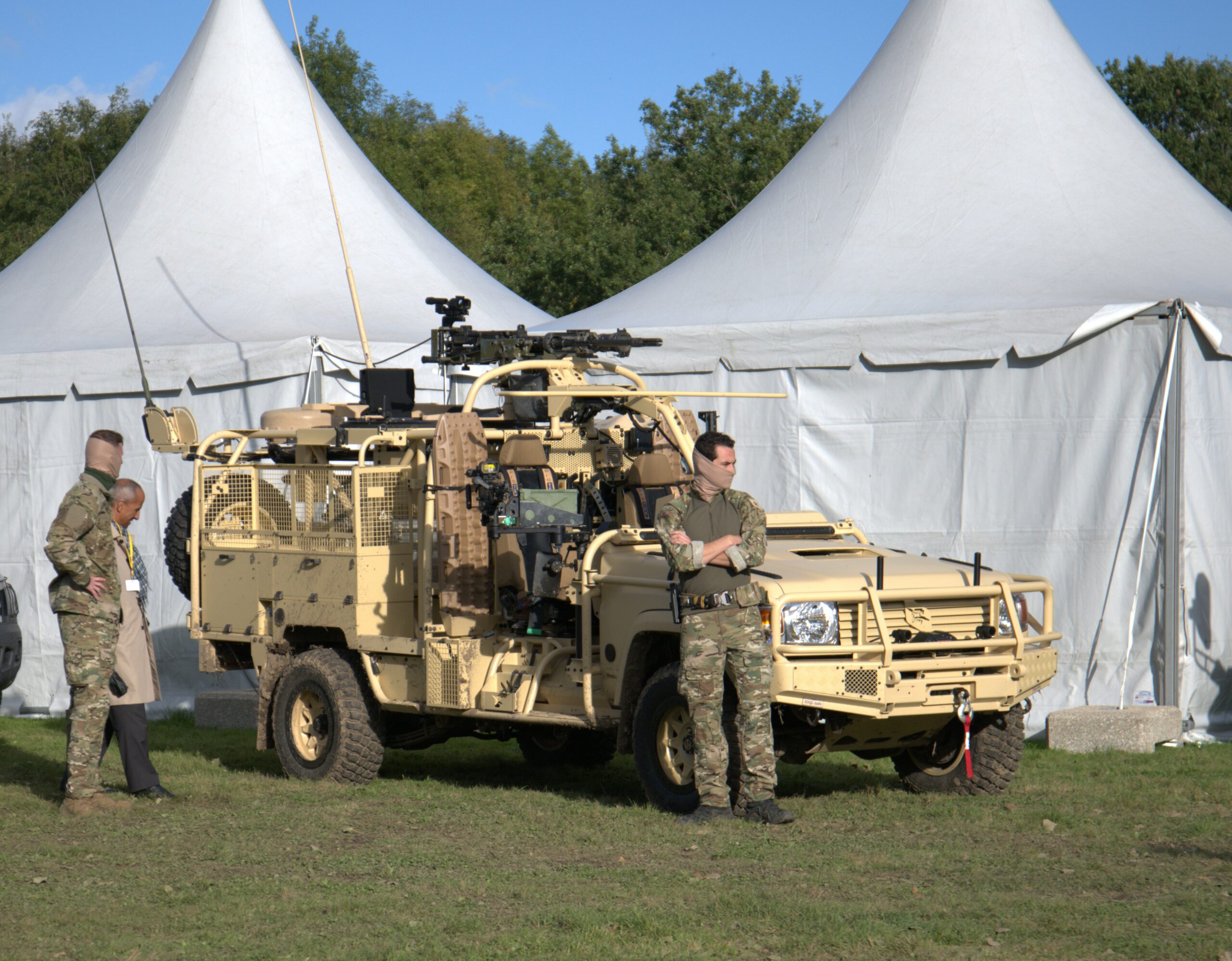
Credit: Jean Francois Auran
Armament
The armament issued to SF team members is derived from various sources and often consists of the acquisition of different equipment according to the individual component or regiments. The COS operators were the first to receive the HK 416, which has now equipped the entire French Army. This rifle is now standard SF equipment. The 1st RPIMa and the 13th RDP bought the SIG MCX in 2020, which is used with the .300 Blackout ammunition. The SCAR-L is also in service within the units; 1st RPIMa teams are equipped with the SIG 553, a weapon particularly appreciated by combat divers.
Helicopter crews have received the HK MP7A1, and the FN P90 is also in service with protection teams. For long-distance shooting, the HK-417 remains in service, while some SP10M rifles from Seekins Precision were acquired in 2019-2020 and the Sako TRG-42 sniper rifle is also in use. The 1st RPIMa fielded the CDX-40 Shadow, with an effective range greater than 2,000 m, for medium and long-range use. Marine commandos use the Barrett M82 as part of the Target Surveillance and Neutralisation Team (ESNO). The French Special Forces acquired FN EVOLYS 5.56 × 45 mm machine guns, and still use both the Minimi and the MAG58. The patrol vehicle is also equipped with M2HB and automatic grenade launchers. The AT4CS and the M72-A8 and A10 are part of the equipment. The SF also use the Akeron MP ATGM to neutralise combatants and armoured targets day and night. Mounted on vehicles or small boats, it should be directly linked with a UAV to engage non-visible targets. In 2022, the COS also purchased Hirtenberger 60 mm mortars for the 1st RPIMa.
Night vision equipment
This type of equipment is crucial for gaining superiority over the enemy. Operators mainly use the Thales Bonie HP image intensifier googles, and also like to use the Thales Sophie and Safran JIM LR thermal imaging binoculars. They might be interested in the L3Harris Ground Panoramic Night Vision Goggle (GPNVG-18), which has four lenses designed to extend the operator’s field of view to 97°.

Credit: French Air and Space Force
UAVs
The French Special Forces use a number of drones of different sizes and models, including micro, nano, and Medium Altitude Long-Endurance (MALE) types. The range used includes the PD-100 Black Hornet and the Delair UX11, a photogrammetric mapping drone for modelling large surfaces and hard-to-reach infrastructure. The COS is interested in acquiring Medium-Altitude Medium-Endurance (MAME) UAVs, which offer flexibility of use, endurance, and a good payload capacity. The SF evaluated the SolarXOne, which has a range of 100 km and can fly at an average speed of 50 km/h, but can also reach 125 km/h.
During the first phase of an evaluation carried out in Lorient last in September 2022, the SolarXOne was observed to still have 40% of its battery left, even after having travelled the evaluation distance. In 2022, France ordered 82 units of the Switchblade 300 loitering munition for its SF units. American company AeroVironment previously provided RQ-20 Puma (locally known as ‘DRAACO’) mini-UAVs.
Conclusion
Despite renewed interest in conventional forces, Sébastien Lecornu of the Ministry of Armed Forces, announced in Le Monde that: “we have chosen to toughen up our model by raising the ambition for their equipment, with an unprecedented effort of EUR 2 Bn.” He added: “We will remain in the top three of the best Special Forces in the world”. These units will have to adapt to the “hybridisation” of conflicts – the combination of conventional, irregular and asymmetrical means to create tensions to weaken a target country”. That said, looking beyond budgetary issues, the SF must benefit from an appropriate governance structure and enter into dialogue with an ecosystem of institutions and industrial players – particularly with fragile start-up SMEs – since the capacity challenges to be managed are substantial. This could involve acquiring additional A400Ms, developing optronic capabilities, or financing a second Caracal squadron.
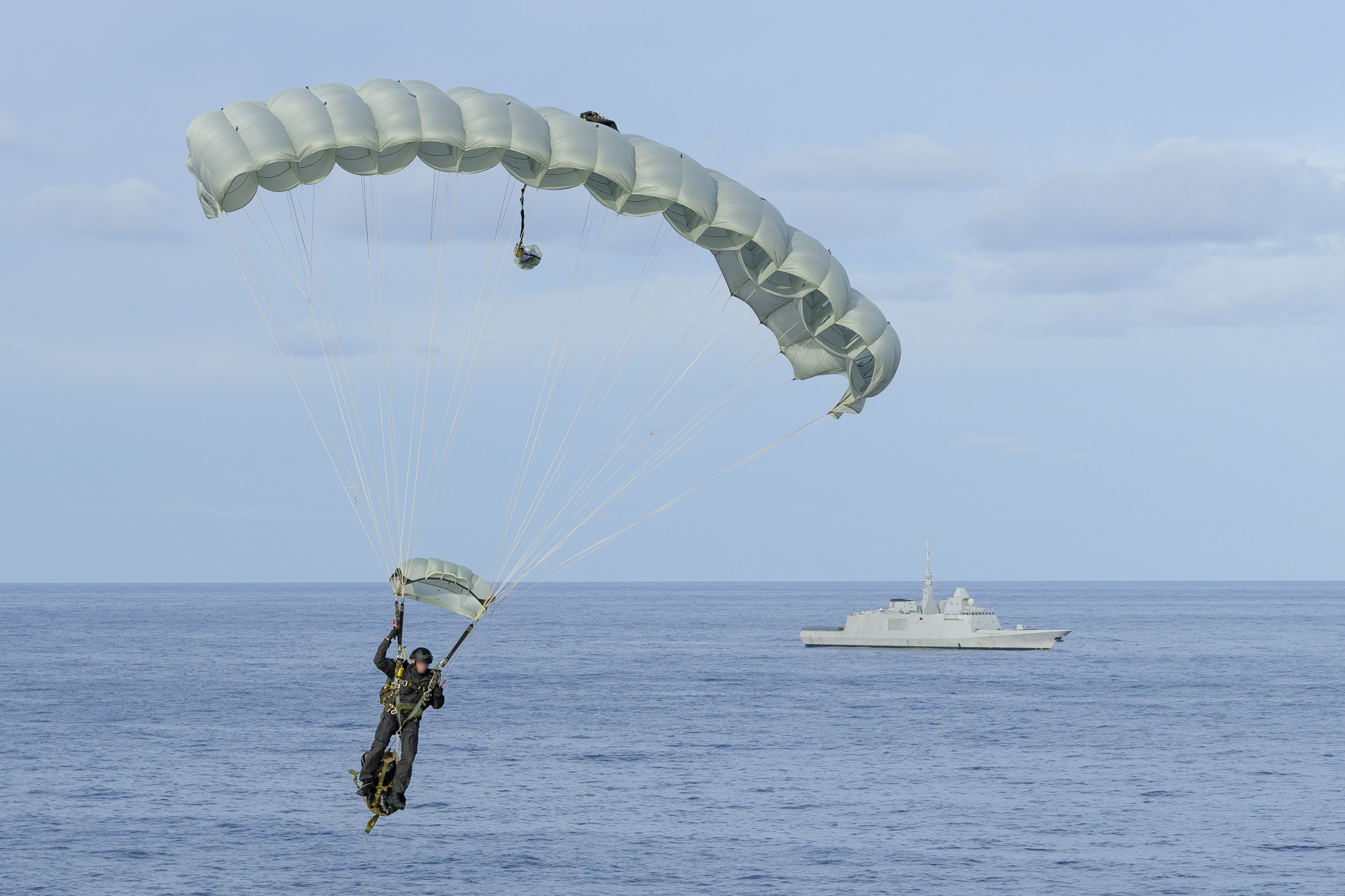
Credit: French Navy
Composition of the French Special Forces
Joint Staff
- Special Operations Command (COS)
Army
- French Army Special Forces Command (COM FST),
- 1st Marine Infantry Parachute Regiment (1st RPIMa), specialised in commando land actions
- 13th Parachute Dragoon Regiment (13th RDP), specialised in military intelligence in hostile environments
- 4th Special Forces Helicopter Regiment (4th RHFS)
Navy
- Maritime Force of Marines and Commandos Command
- Five assault commandos (Jaubert, Trépel, de Montfort, de Penfentenyo and Hubert) and two special operations support (Kieffer and Ponchardier)
Air Force
- Special Forces air brigade HQ
- Air Paratrooper Commando Nos. 10 and 30 (CPA10 and 30)
- 3/61 Poitou Transport Squadron
- 1/67 Pyrénées Helicopter Squadron
Jean Auran




![Transport aircraft trends: A market overview The Xi’an Aircraft Industrial Corporation (XAC) Y-20 entered service with the Chinese military in 2016; the aircraft can be considered the Chinese equivalent of the Boeing C-17. A tanker variant is available, while the Y-20 also provides the basis for the new KJ-3000 AEW&C platform. [Cute Orca Weibo Account]](https://euro-sd.com/wp-content/uploads/2025/06/Y-20-China-Kopie-218x150.jpg)
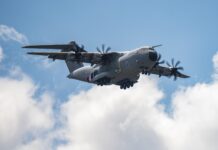
![Europe’s airlift rejuvenation: is it enough? An Airbus A400M in French service, pictured on 25 June 2024. As things stand there will ultimately be 170 A400Ms in service with European air forces. [Armée de l'Air et de l'Espace]](https://euro-sd.com/wp-content/uploads/2025/06/French-A400M-Armee-de-lAir-et-de-lEspace-Kopie-218x150.jpg)

